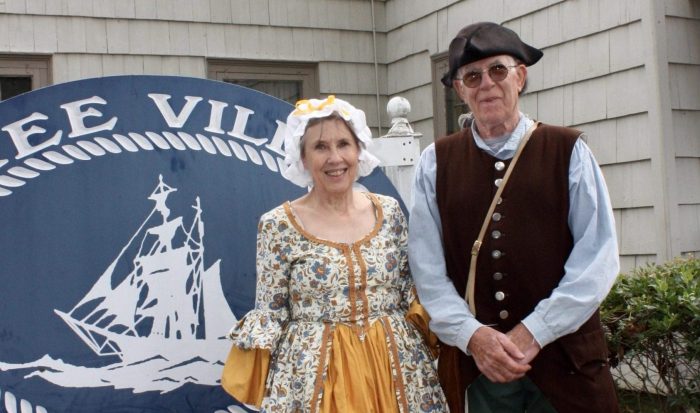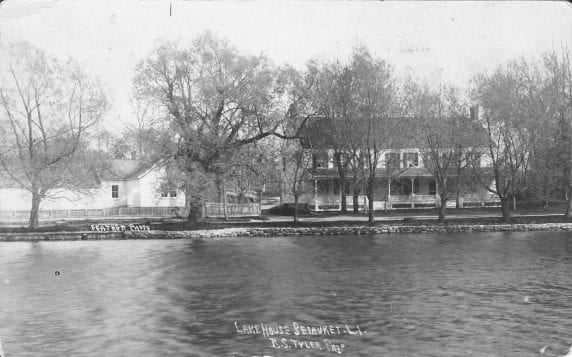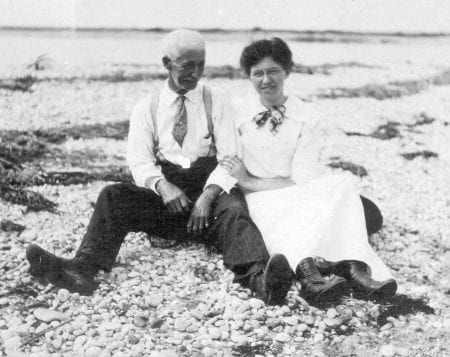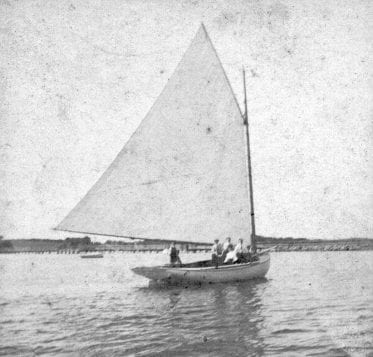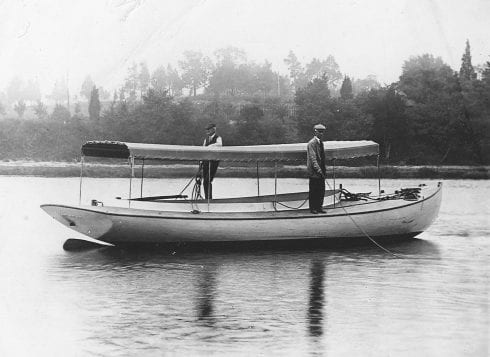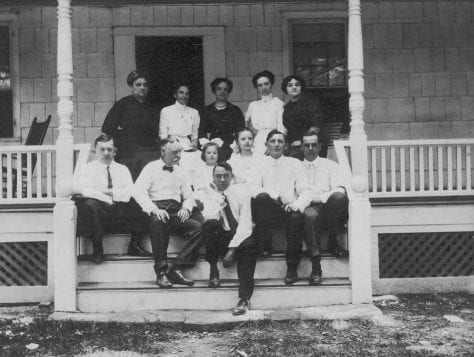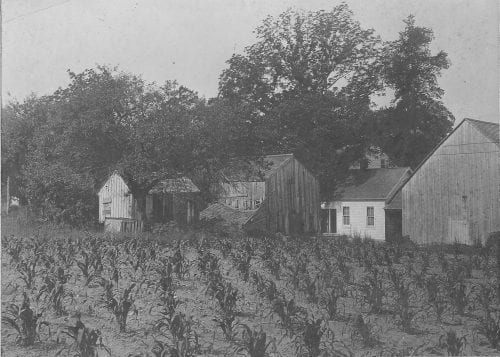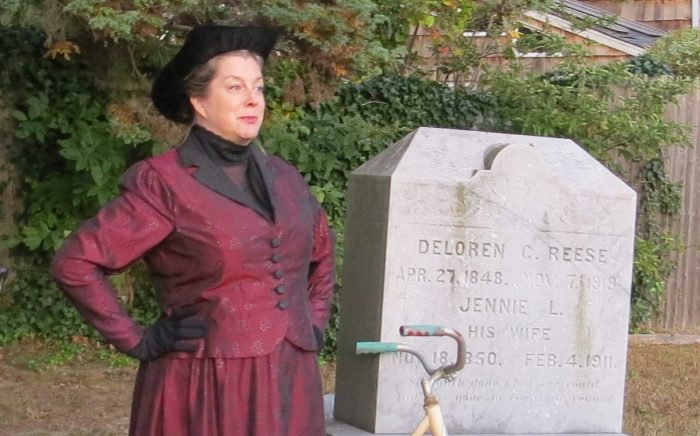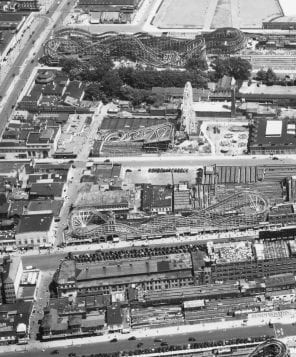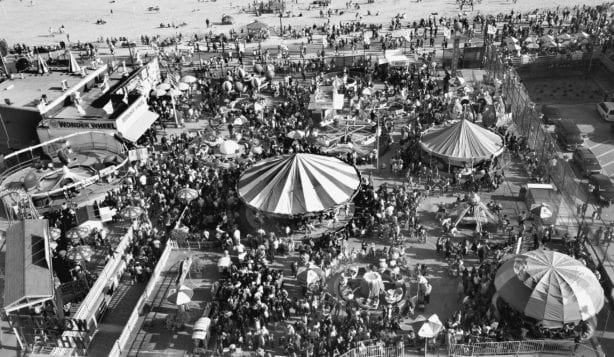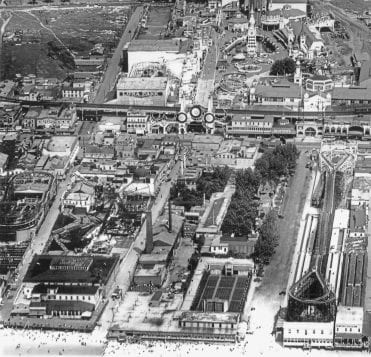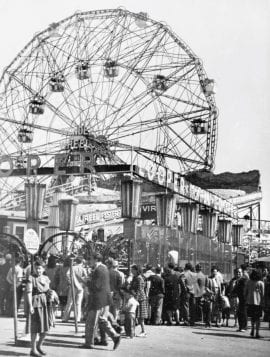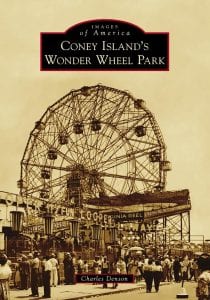By Melissa Arnold
It’s been a long year of Netflix binges and Zoom meetings for all of us, and these days, nothing feels better than getting out a little. You don’t have to go far to find interesting places to explore, either.
Most Long Island locals are probably familiar with the Suffolk County Vanderbilt Museum and Planetarium in Centerport, with its sprawling grounds, elaborate mansion and impressive collection of marine life. But be honest: When was your last visit? If it’s been a while — or even if it hasn’t — their 70th anniversary year is the perfect time to stop by.
“The Vanderbilt is unique, a don’t-miss slice of American history. When you take a guided tour of the mansion and its galleries, it’s a time machine trip to a remarkable era of privilege,” said Elizabeth Wayland-Morgan, executive director of the museum. “At one point in the past, there were more than 1,200 mansions on Long Island’s Gold Coast. This is one of the few that remains.”
The Vanderbilt Mansion as we know it today had relatively modest beginnings. William K. Vanderbilt II, a son of the famed Vanderbilt family, had just separated from his first wife in the early 1900s. “Willie K.,” as he’s affectionately known, was looking for a place to get a fresh start, away from the public eye. So he came to Centerport and purchased land, where he built a 7-room, English-style cottage along with some outbuildings.
The cottage, called Eagle’s Nest, was eventually expanded into a sprawling 24-room mansion in the Spanish Revival style. From 1910 to 1944, Eagle’s Nest was Vanderbilt’s summer hideaway. He and his second wife Rosamond hosted intimate gatherings of Vanderbilt family members and close friends, including the Duke and Duchess of Windsor, legendary golfer Sam Snead, and the Tiffanys.
Of course, that was just the beginning. According to Killian Taylor, the museum’s curatorial associate, Vanderbilt developed a fascination with all kinds of animals, the sea and the natural world from a young age. He had the opportunity to travel the world on his father’s yachts as a child, and longed to see more as he reached adulthood.
“Later, Willie K. inherited $20 million from his late father. One of the first things he did was purchase a very large yacht and hire a team of scientists and a crew,” Taylor explained. “With them, he began to travel and collect marine life, and by 1930, he had amassed one of the world’s largest private marine collections.”
With the help of scientists and experts from the American Museum of Natural History, Vanderbilt created galleries at the Estate to showcase his collections which contains more than 13,000 different marine specimens of all kinds and sizes, from the tiniest fish to a 32-foot whale shark, the world’s largest taxidermied fish, caught off Fire Island in 1935.
After Vanderbilt died in 1944, Rosamond continued to live in their Centerport mansion until her death in 1947. The 43-acre estate and museum – which remain frozen in time, exactly as they were in the late 1940s – opened to the public on July 6, 1950, following instructions left in Vanderbilt’s will. It was listed on the National Register of Historic Places in 1985.
The museum also features a 3,000-year-old mummy, which Vanderbilt purchased from an antique shop in Cairo, Egypt, Taylor said. The mummy even had an X-ray taken at nearby Stony Brook University Hospital, where they determined the remains are of a female around 25 years old.
“She doesn’t have a name out of respect for the fact that she was once a living woman with her own identity,” Taylor added.
The COVID-19 pandemic has brought its share of difficulties to every business, and while the museum has had to temporarily close some of its facilities, including the mansion’s living quarters and planetarium, they’ve also added new opportunities for visitors.
“Like many other museums, we had to get creative virtually very quickly,” said Wayland-Morgan. “Our Education Department created the ‘Explore’ series for children — fascinating facts about the lives of birds, butterflies, reptiles, and fish, with pictures to download and color. The Planetarium astronomy educators produced 11 videos on topics including How to Use a Telescope, Imagining Alien Life, Mars, Black Holes, and Fitness in Space. We’ve received very positive responses.” The planetarium also offers online astronomy classes.
The museum is also offering new outdoor programs on the grounds, including walking tours, sunset yoga, a popular series of bird talks by an ornithologist James MacDougall and are currently hosting the third annual Gardeners Showcase through September. On Fridays and Saturdays, movie-and-picnic nights are a popular draw at the outdoor, drive-in theater.
Even without a specific event to attend, the grounds are a perfect place to wander when cabin fever strikes.
“The best reason to visit right now is to stroll the grounds and gardens and visit the open galleries. We’ve also become a very popular picnic destination with a great view of Northport Bay,” Wayland-Morgan said. “We plan to reopen the mansion living quarters and planetarium later in the fall.”
The Suffolk County Vanderbilt Museum is located at 180 Little Neck Road, Centerport. As of Sept. 17, hours of operation are from noon to 5 p.m. on Tuesday, Friday, Saturday and Sunday. The mansion’s living quarters and the planetarium are currently closed. Please wear a mask and practice social distancing. Admission is $8 for adults, $5 for children under 12, and $7 for students and seniors. Children under 2 are admitted free. For questions and information, including movie night passes, visit www.vanderbiltmuseum.org or call 631-854-5579.

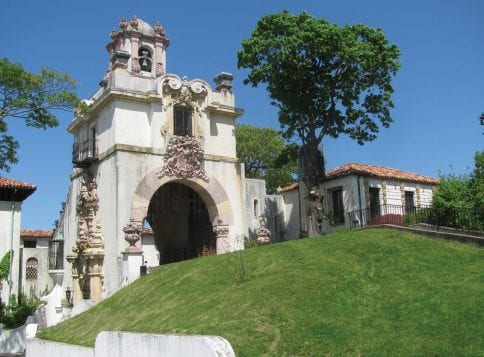

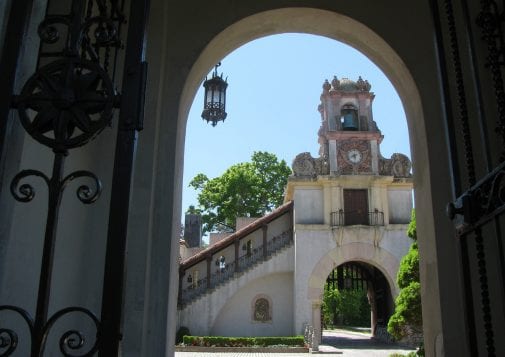

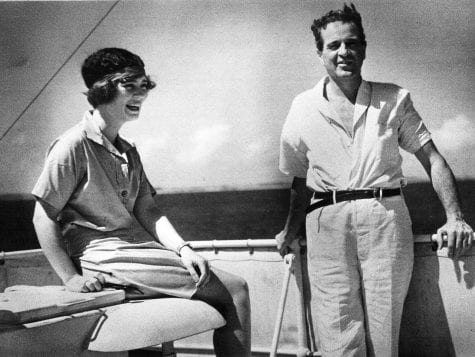
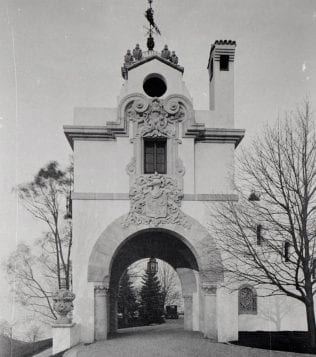
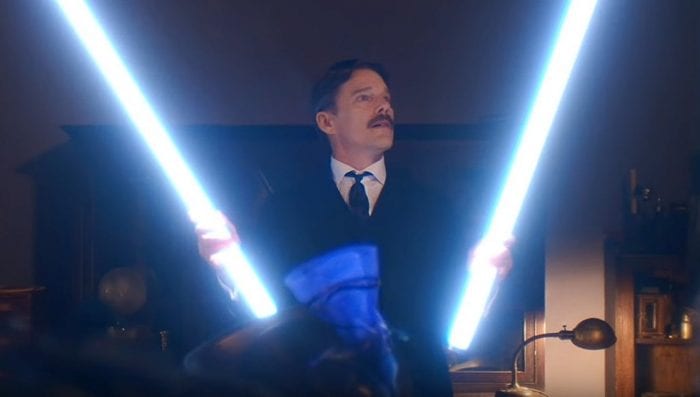
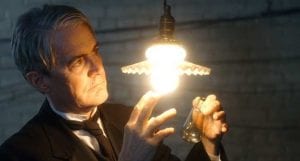

 Help raise funds for the Three Village Historical Society by buying a “Three Village Strong” Face Mask!
Help raise funds for the Three Village Historical Society by buying a “Three Village Strong” Face Mask! 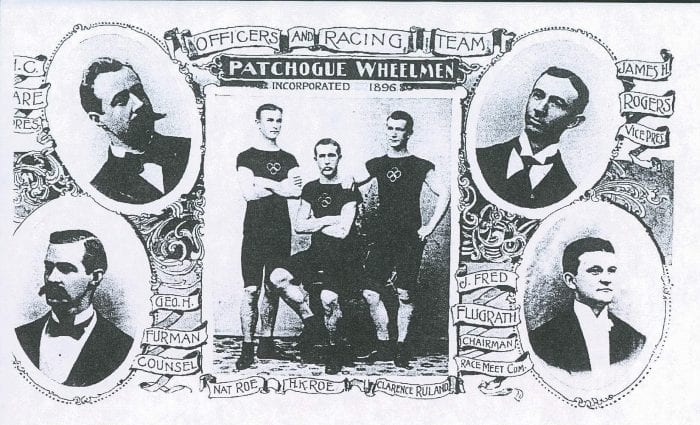
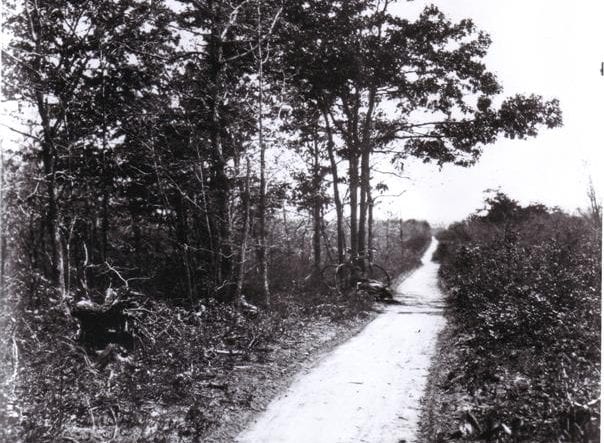 If you’ve driven down today’s Bicycle Path in Selden, you’ll be quite surprised to see how it used to look. Originally constructed in the 1890s for bicycle enthusiasts, the 14-mile path ran across Long Island from Patchogue to Port Jefferson and was a popular destination for tourists. One of the greatest contributors to the path, Selden resident Albert R. Norton, donated the right-of-way for it in front of his extensive property between Selden and Port Jefferson.
If you’ve driven down today’s Bicycle Path in Selden, you’ll be quite surprised to see how it used to look. Originally constructed in the 1890s for bicycle enthusiasts, the 14-mile path ran across Long Island from Patchogue to Port Jefferson and was a popular destination for tourists. One of the greatest contributors to the path, Selden resident Albert R. Norton, donated the right-of-way for it in front of his extensive property between Selden and Port Jefferson.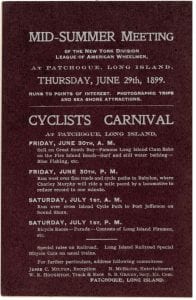 Norton ran the Wheelmen’s Rest, located midway along the route, serving refreshments to the hungry cyclists. Its visitor’s log recorded over 6,000 names, including bicyclists from all parts of the U.S. as well as England, France, Denmark and other countries. Perhaps of more interest are the entries of many Centereach, Selden and Lake Grove neighbors and ancestors whose signatures recall their lives in the communities. The original register of visitors to the Wheelmen’s Rest can be viewed at the Town of Brookhaven Historian’s office.
Norton ran the Wheelmen’s Rest, located midway along the route, serving refreshments to the hungry cyclists. Its visitor’s log recorded over 6,000 names, including bicyclists from all parts of the U.S. as well as England, France, Denmark and other countries. Perhaps of more interest are the entries of many Centereach, Selden and Lake Grove neighbors and ancestors whose signatures recall their lives in the communities. The original register of visitors to the Wheelmen’s Rest can be viewed at the Town of Brookhaven Historian’s office.